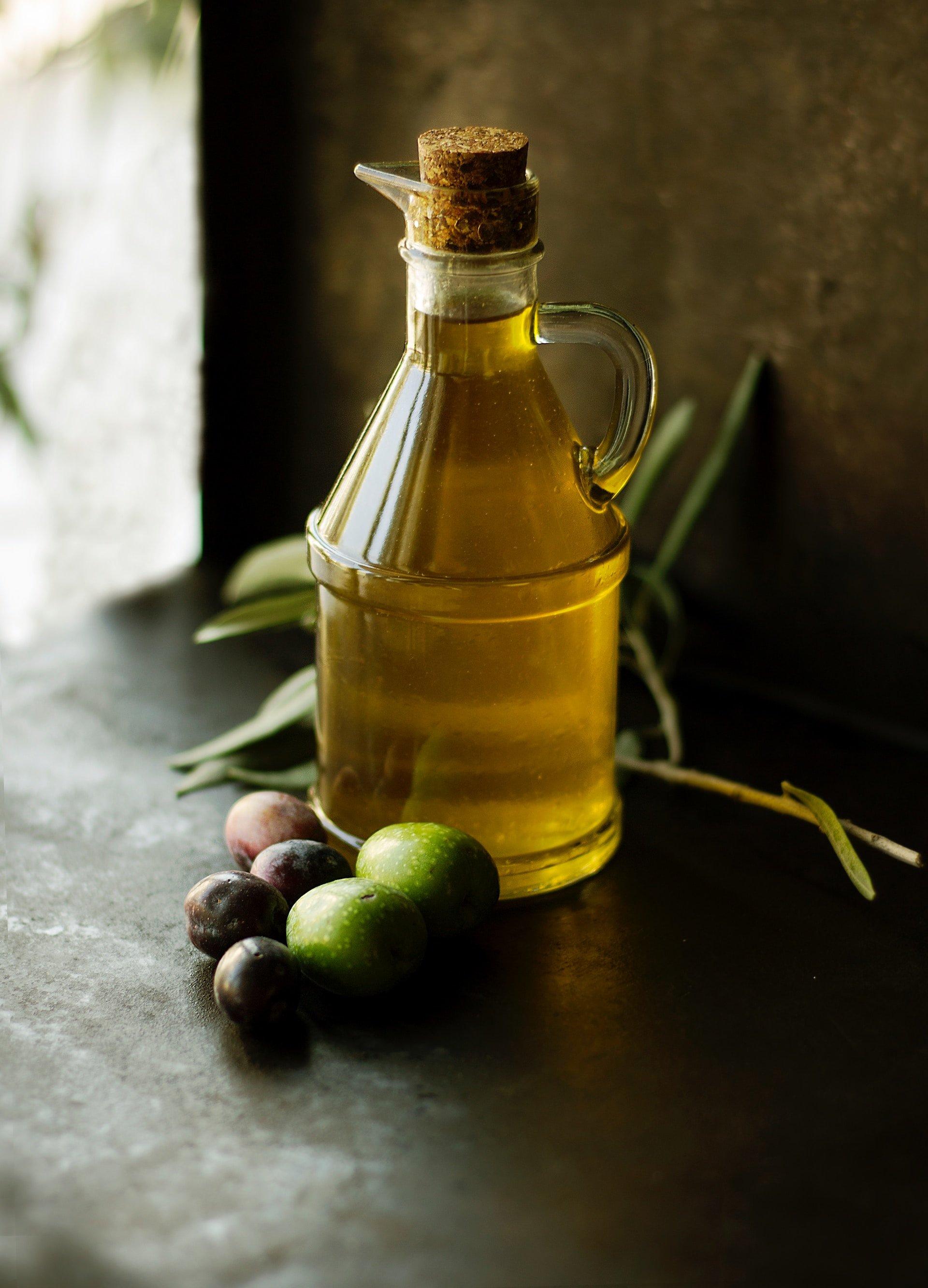Olive Oil Market Impacting Factors: A Deep Dive into the Forces Shaping the Industry

The olive oil market, a significant player in the global food industry, is shaped by various factors. From weather conditions to changing consumer preferences, several elements impact its production, pricing, and consumption. This article will explore the key market-impacting factors driving the olive oil industry and how they influence the market's growth, supply chain, and consumer demand.
1. Climate Change and Weather Conditions
Olive trees, the primary source of olive oil, are highly sensitive to environmental changes. The production of olives depends on favorable weather conditions, including moderate temperatures and adequate rainfall. Extreme weather events, such as droughts or excessive rainfall, can significantly reduce olive yields, leading to a decline in olive oil production. In recent years, the increasing frequency of climate-related disruptions has created volatility in olive oil supply, impacting prices and availability. This is particularly evident in major olive-growing countries like Spain, Italy, and Greece, where unpredictable weather patterns can have substantial economic repercussions.
2. Olive Tree Diseases and Pests
The olive oil industry is also affected by diseases and pests that threaten the health of olive trees. The spread of the Xylella fastidiosa bacteria, for instance, has devastated olive groves in regions like Italy, causing substantial losses in production. Similarly, pest infestations, such as the olive fruit fly, can lead to crop damage and lower-quality olives. These factors not only affect olive oil supply but also impact the prices of the commodity on the global market.
3. Consumer Preferences and Health Trends
In recent years, consumer preferences for healthier food options have influenced the olive oil market. As consumers become more health-conscious, olive oil has gained popularity due to its health benefits. Rich in monounsaturated fats and antioxidants, olive oil is considered a heart-healthy alternative to other cooking oils. The growing trend toward Mediterranean diets, which emphasize the consumption of olive oil, has led to an increase in demand, especially in North America and Asia. Additionally, the rise of vegan and plant-based diets has contributed to the demand for olive oil as a cooking and dressing option.
4. Economic and Trade Policies
The olive oil market is highly influenced by economic policies and trade regulations. Tariffs, subsidies, and trade agreements play a critical role in shaping the market dynamics. For instance, the European Union (EU) offers subsidies to its olive farmers, providing them with financial support to remain competitive in the global market. On the other hand, trade tariffs, such as those imposed between the EU and the United States, can impact the olive oil trade, leading to price fluctuations and shifts in consumer buying patterns. The policies implemented by major olive oil-producing countries, as well as global trade agreements, have a direct impact on the pricing and availability of olive oil worldwide.
5. Technological Advancements in Production
Technological advancements in olive oil production and processing have also impacted the market. Innovations in extraction methods, such as cold-pressing and improved filtration techniques, have led to the production of higher-quality olive oil. These advancements have not only enhanced the flavor and nutritional value of olive oil but have also increased efficiency in the production process. The development of more sustainable farming practices, such as organic farming and water-efficient irrigation techniques, has helped mitigate the effects of climate change, making olive oil production more resilient.
Conclusion
The olive oil market is subject to a variety of factors that influence its production, pricing, and consumer demand. Climate change, pests, consumer preferences, economic policies, and technological advancements all play significant roles in shaping the future of this industry. As the market continues to evolve, producers must adapt to these dynamic forces to maintain competitiveness and meet the growing demand for high-quality olive oil.
- Art
- Causes
- Crafts
- Dance
- Drinks
- Film
- Fitness
- Food
- Giochi
- Gardening
- Health
- Home
- Literature
- Music
- Networking
- Altre informazioni
- Party
- Religion
- Shopping
- Sports
- Theater
- Wellness


